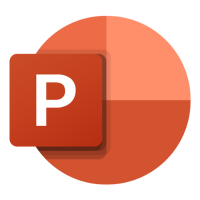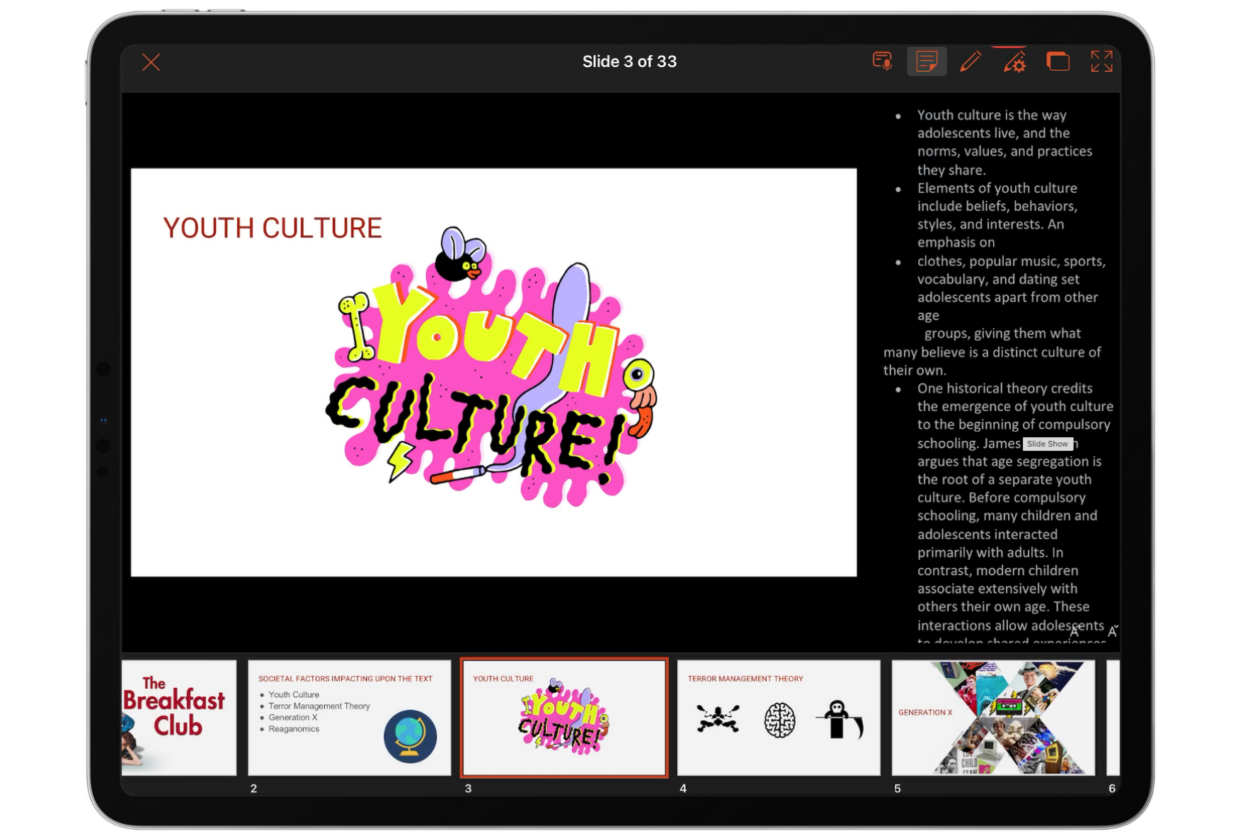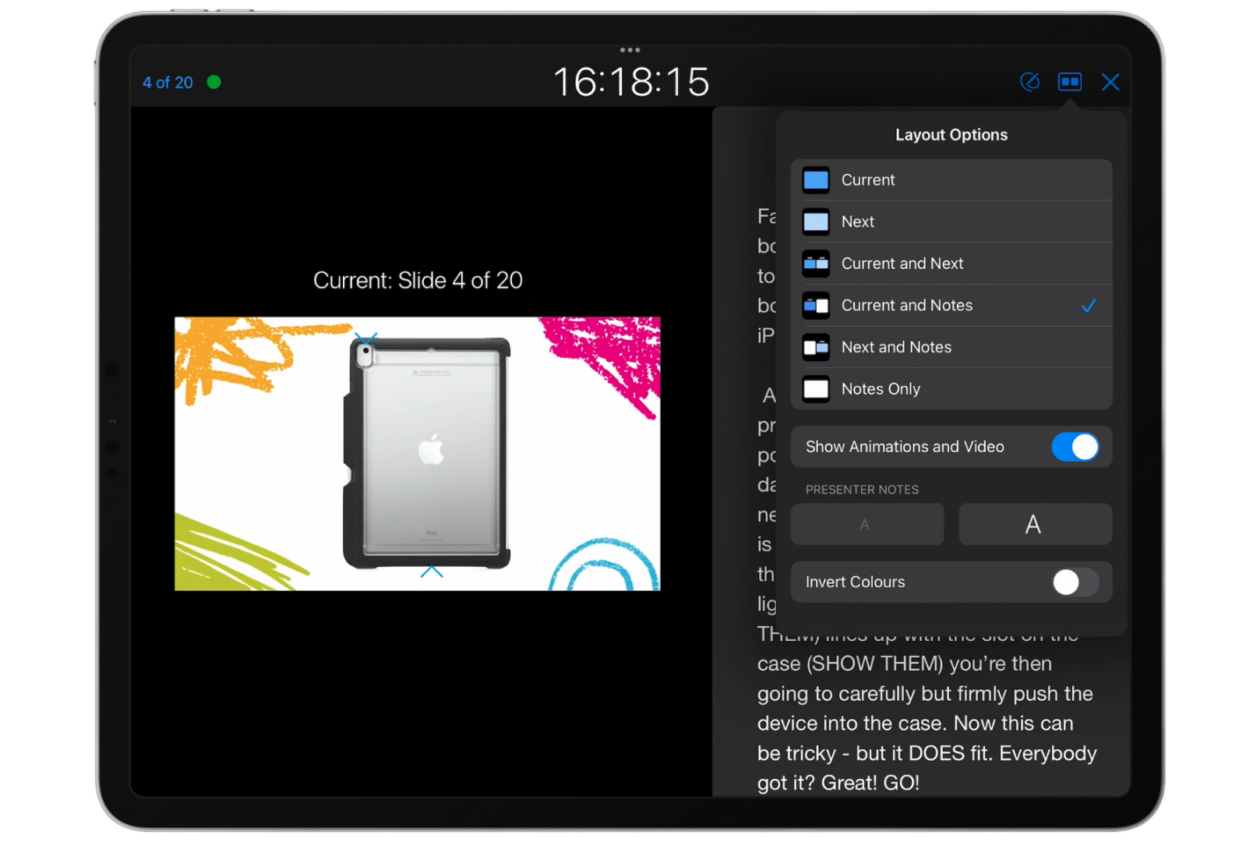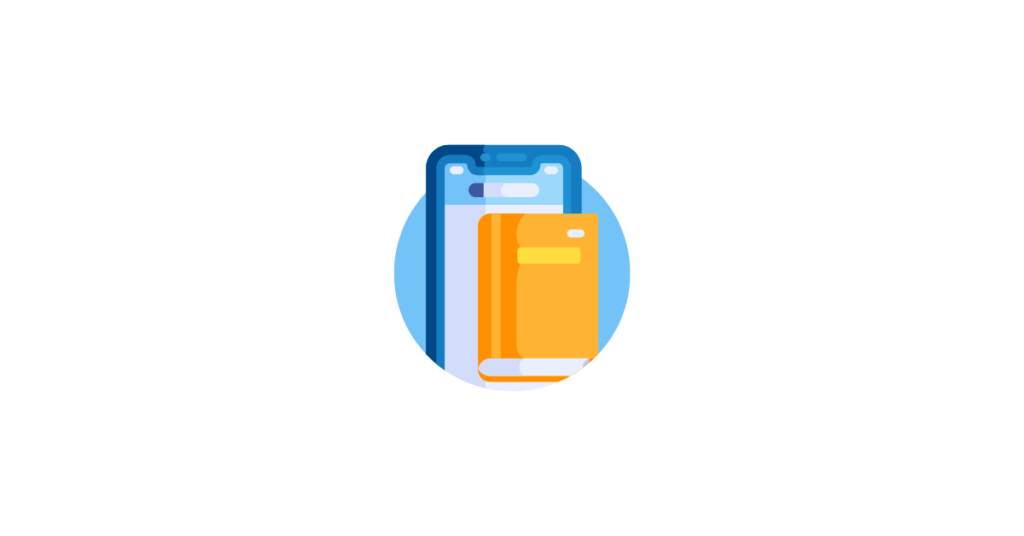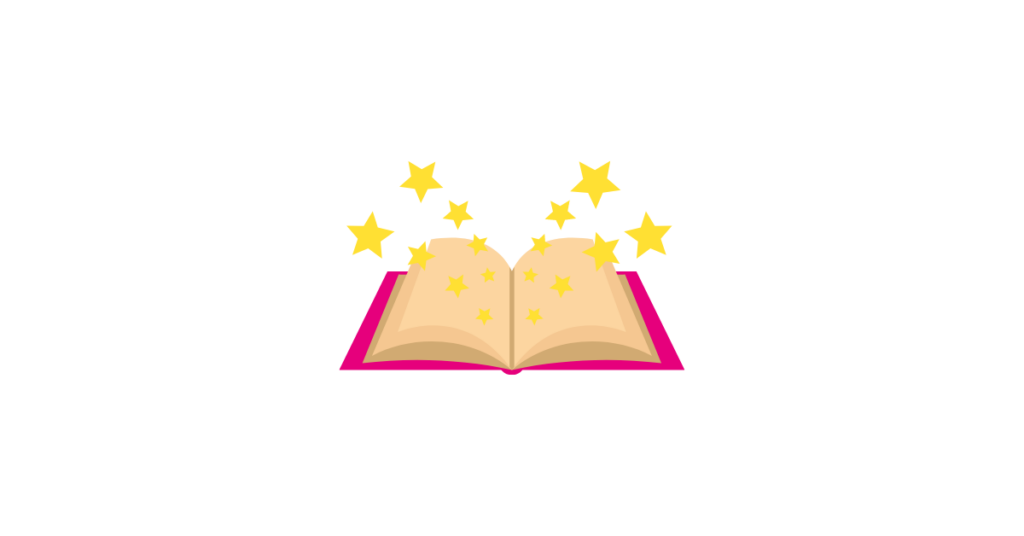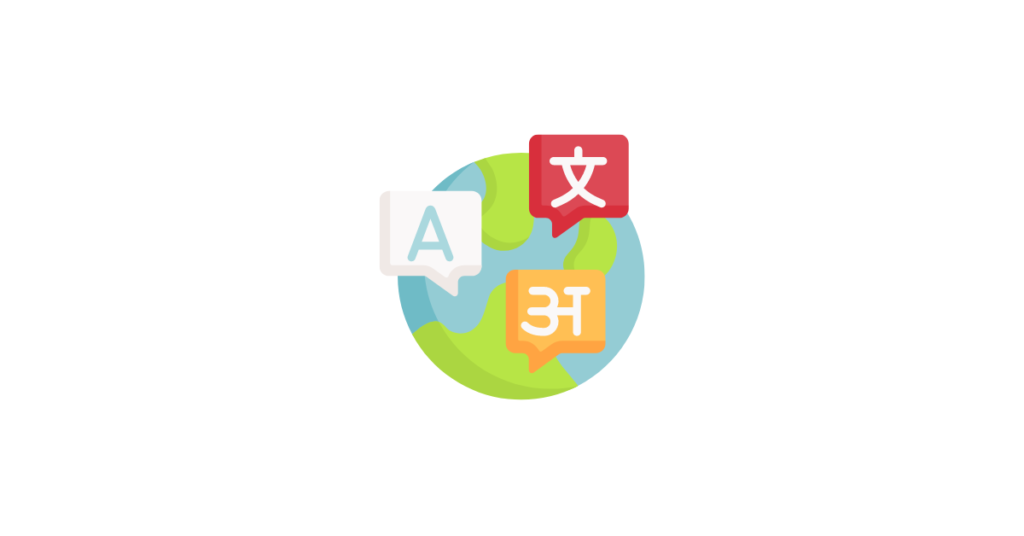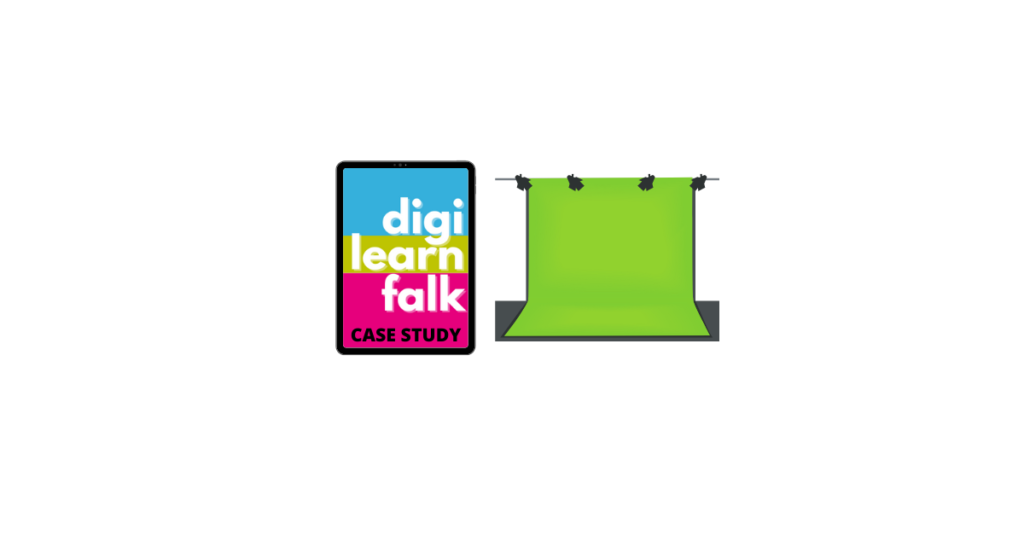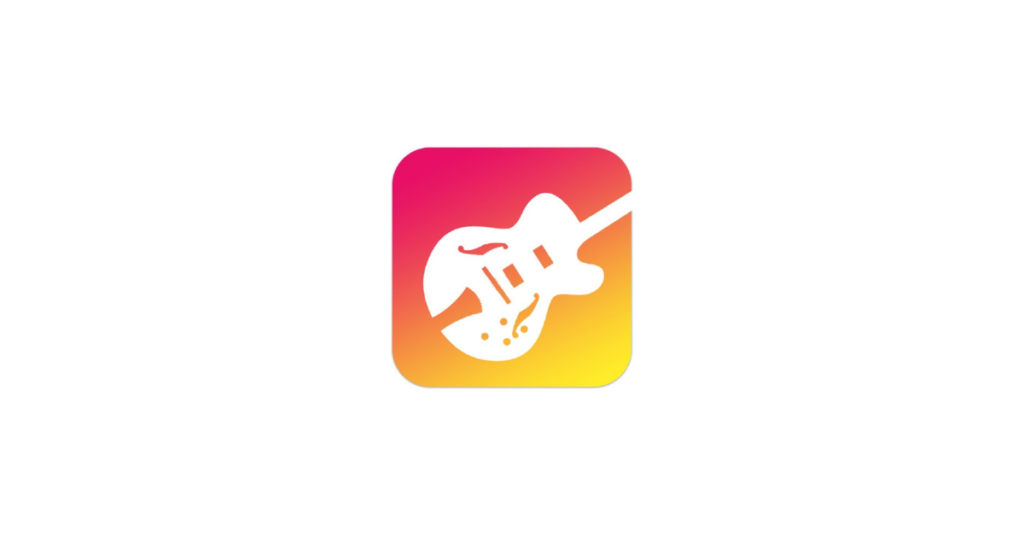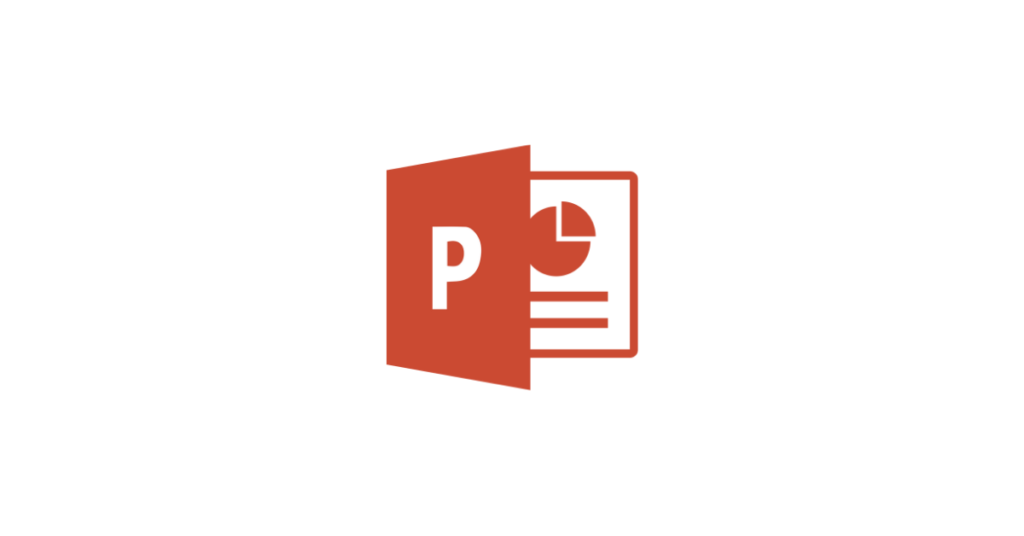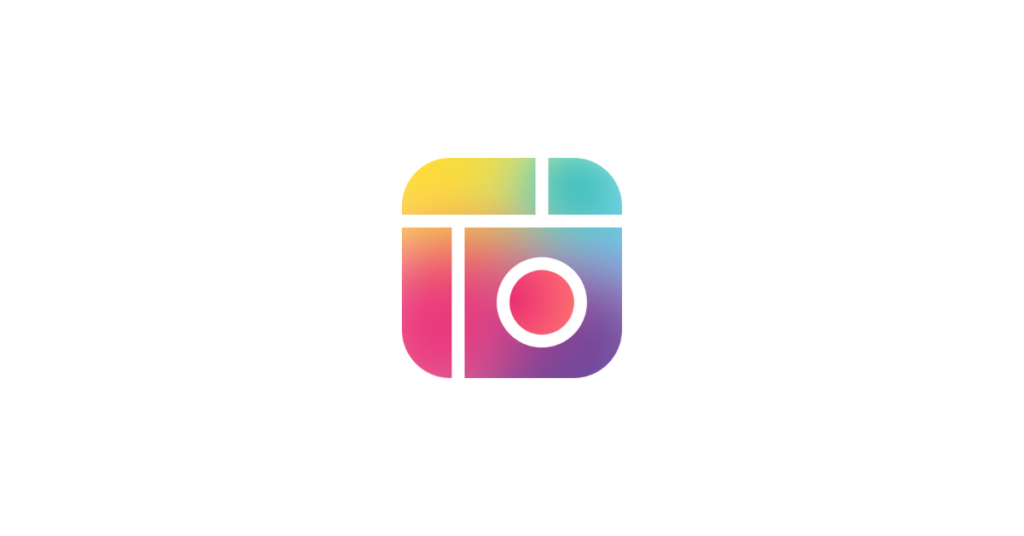What was the impact?
“Overall, I saw a large increase in learners’ confidence and understanding of writing. Learners could see the increase in the quality and quantity of their writing, as they could see the progress from week 1 to week 4.
When pupils then returned to writing in their jotters, the skills they had gained had transferred. They were more confident with editing and reading their writing and they were writing similar amounts to week 1.
The questionnaire found that children felt more confident in their work and enjoyed the ability to do further research while writing. The Leuven Scale showed that pupils enjoyed the opportunity to write in a different way and focussed more as a result. The document analysis showed an increase for all 3 children in the length of their writing and the clarity on what they were saying. We did have to discuss the risks of plagiarism and how all ideas must be their own. However this was a useful opportunity to inform all pupils about this.
The findings suggest that the use of digital technology can improve attainment in writing. Although time still needed to be given for handwriting, introducing typing as a form of writing allowed pupils to focus their time on creative writing skills. I also found my ability to mark and give specific writing feedback improved, as I could clearly see their successes and areas of improvement.”
Pupil Voice
My baseline questionnaire had stated that the learners found writing “hard and bad”, whereas the final questionnaire stated that they thought that writing could be “exciting” and they were “able to use imagination more.”
The Leuven Scale which showed an increase in pupil overall, with the only decreases being due to some issues with using the new technology at first. Overall their focus and enjoyment increased through the four week period.
Where next?
“The immediate next steps I took were to offer all pupils one opportunity a year to write using digital technology. This allowed me to assess their writing ability without literacy barriers and for learners to see their progress clearly. I also continued to assess and monitor the three pupils within the focus group to see if they were able to transfer and maintain the skills they had gained during this practitioner enquiry. I found that they were able to transfer back to their writing jotters and had more confidence with their writing.
Since this practitioner enquiry, I have begun teaching another class and I have used this approach straight away. I have used a randomizer wheel so that all pupils have had the opportunity to use these tools, and not just those with specific learning needs. I have also trained the Digital Leaders within the school to be able to support other learners with writing on Word and uploading documents to One Note, so that other teachers may try this approach in their own class.”





